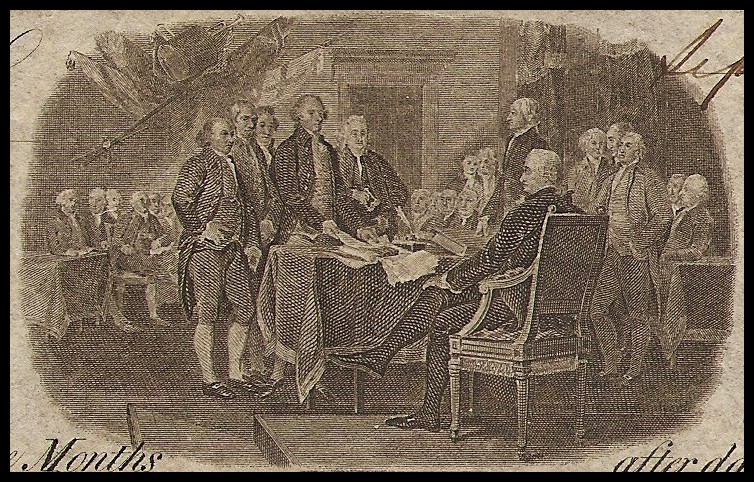Maryland 1840 $10
The Chesapeake and Ohio Canal Co of Frederick, MD
This obsolete banknote is actually from Maryland, and not Ohio. The Chesapeake & Ohio Canal was originally the brainchild of George Washington himself and ran from Washington D.C. following the Potomac River, but never actually made it to Ohio. In fact, the original plan was to have it go to the Ohio River in Pittsburgh, PA and not the state of Ohio itself. Although it was supposed to go to Pittsburgh, PA, it only made it as far as Cumberland, MD because there was a plentitude of coal there which provided enough of a profit for the investors. This final section of the canal was opened on October 10, 1850; one year and one month after this banknote was issued. During its operation, the canal provided jobs for people all along the canal’s route.
After many years of operation competing with the railroads, several floods and decreasing profits, the canal eventually suffered from a lack of maintenance and was essentially abandoned. In 1938 it was renovated and is now a National Historic Park and used by approximately 5 million visitors each year.
The most striking aspect of this note is the vignette showing and engraving based on the painting of John Trumbull, “Declaration of Independence” which depicts the presentation of the draft of the Declaration of Independence to Congress which occurred June 28, 1776. The vignette on this banknote was used by several different banks for their banknote issues. This should be familiar to all as there is a newer engraving based on the same painting that is on the reverse of the U.S. $2 Federal Reserve Note that was first in circulation for the American Bicentennial in 1976. Check out the comparison of all three below.




